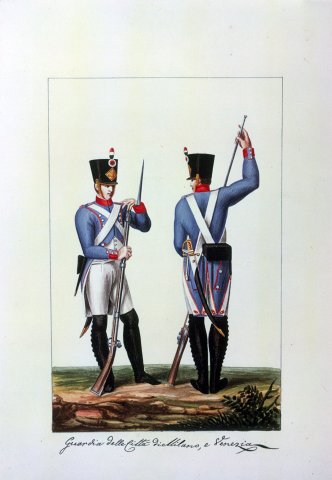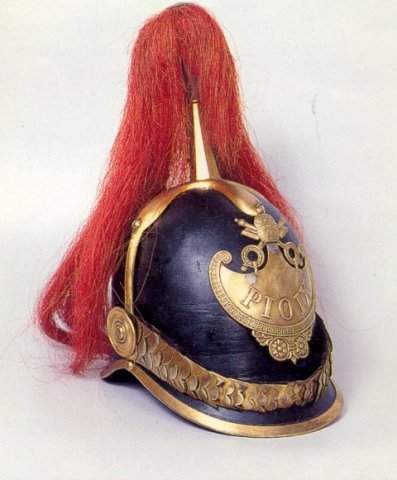The Risorgimento and the revolutions of 1848 in Vicenza
On March 17 and 18, 1848, the first patriotic demonstrations took place in Vicenza, which resulted in the establishment of the Civic Guard, one of the first acts of the new Municipality, in compliance with the imperial concessions granted a few days earlier. This was the typical institution of the Risorgimento, borrowing it from the French Revolution. It was considered the armed organization of the people, opposed to professional armies, which were seen as instruments of oppression. For this reason, the establishment of the Civic Guard was always firmly advocated by liberal patriots.
Meanwhile, a Provisional Departmental Committee had been formed in the city, chaired by Giampaolo Bonollo, which included among its members important figures such as Sebastiano Tecchio, Don Giuseppe Fogazzaro, the notary Bartolomeo Verona, the merchant Giovanni Toniato, the canon Don Giovanni Rossi, and the nobleman Luigi Loschi.
Meanwhile, volunteer groups were being formed, a characteristic element of the 1848 war. Particularly memorable are the formations of the Vicenza Crusaders, which in early April suffered their unfortunate baptism of fire near Sorio and Montebello.
The city, defended by just over 5,000 men, including volunteers and papal regulars, was overwhelmed on May 20 with an attack on the defenses of Porta Santa Lucia. Despite the support of six cannons, the attackers failed to defeat the defenders. The following day, a unit led by General Giacomo Antonini, who had emerged from the city, attacked the Austrians at Ponte Alto, heading for Verona, but did not prevent them from reaching the fortress.
Vicenza was attacked again on May 23. At midnight, the Austrians moved in three columns with the following objectives: Borgo San Felice, the Rocchetta, and Monte Berico. The fiercest fighting took place in Borgo San Felice, which was tenaciously defended.
The Austrians desisted from the attack in the late morning of the 24, retreating toward Verona with heavy losses.
The paintings by Negrisolo and Bottazzi depict in great detail the moments of the organization of the city's defense.


Immagine di divise militari dell'esercito del Regno Italico - Elmo crinito della Guardia Civica, 1848

